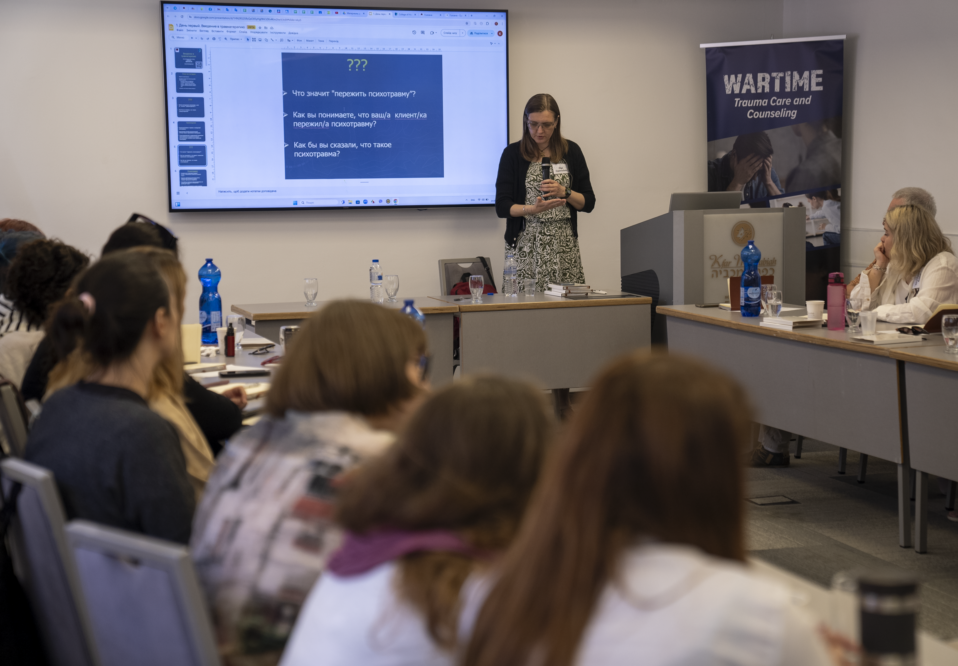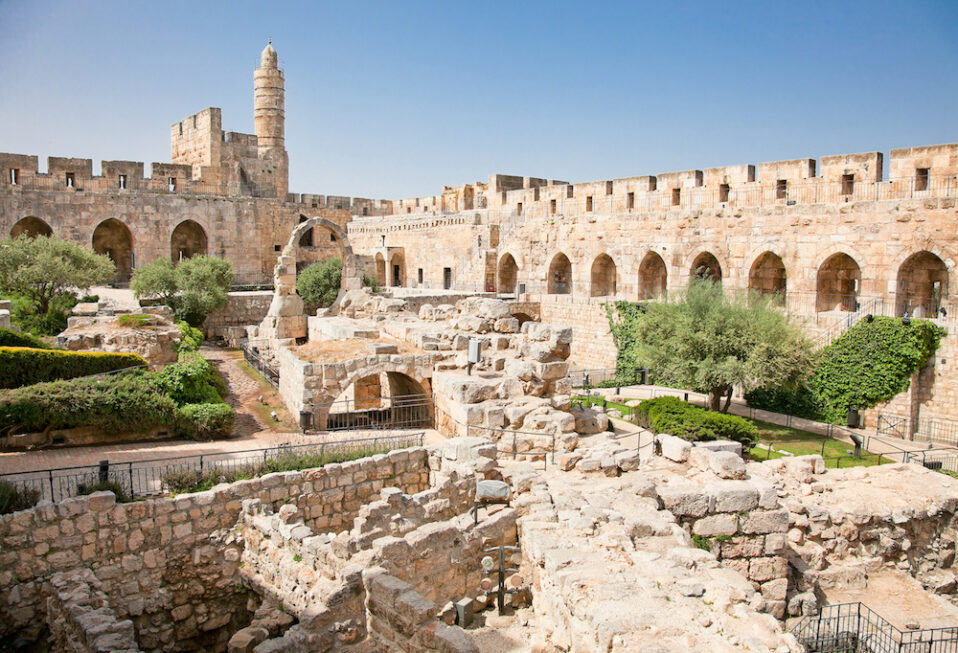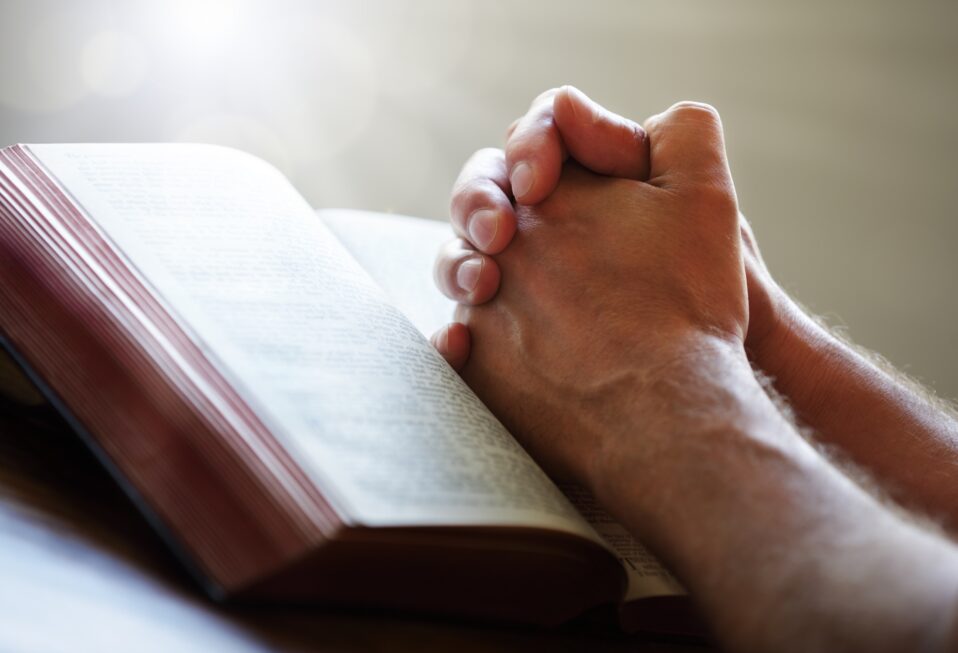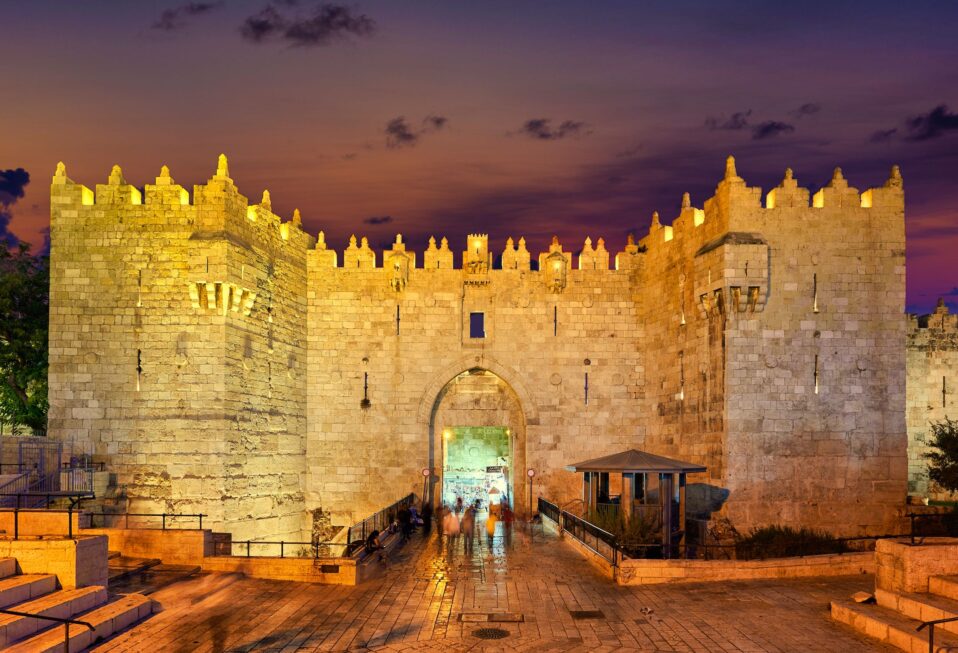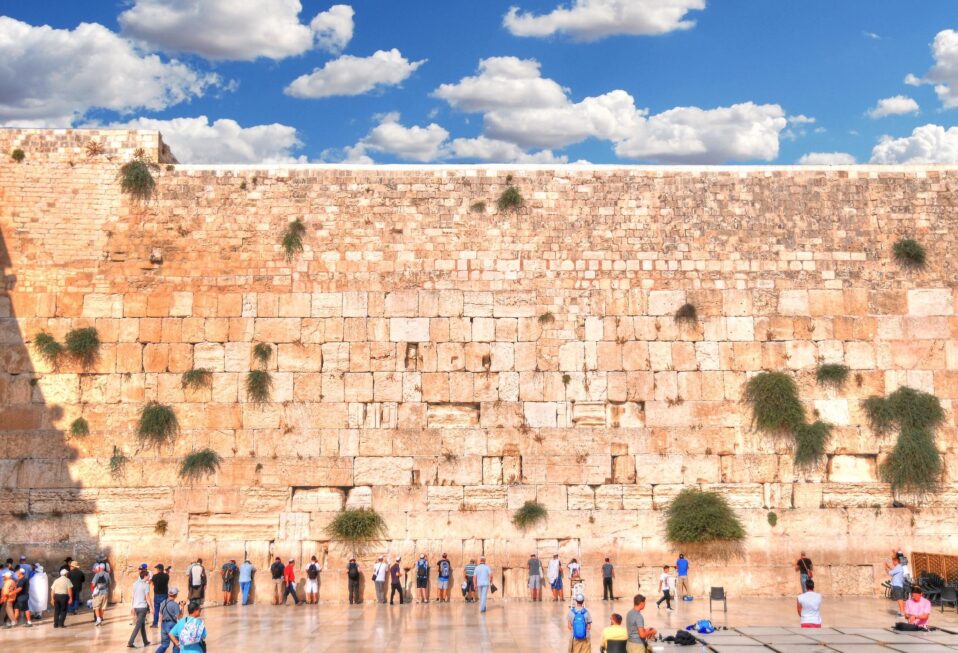By Arlene Bridges Samuels
Almost nine years ago, U.S. filmmaker Brian Sanders engaged in a life-changing conversation in Israel while talking theology with a Christian friend. As they walked through the Old City of Jerusalem, his friend took the time to articulate God’s unbreakable covenant promises to Israel and the Jews in the Old Testament. The friend explained that Brian might have a replacement theology outlook, a centuries-old departure from God’s eternal promises to the Jews, which claims that the church replaced the Jews because they rejected Jesus. Another way to say that: the church is the new Israel. Grateful to grow up in a loving home, Brian was raised Catholic and attended church but did not know Jesus in a personal way until his early 20s.
Standing on the Western Wall Plaza and listening to his friend’s kind yet significant conversation, Brian and his companion then continued their walk. It was at this moment that the Apostle Paul’s words in Romans 11 came alive for Brian—that Gentiles share the promises of God alongside Israel, but not as Israel or instead of Israel. Months later, a significant teaching from a Colorado Springs pastor also stirred him with another term—grafted in—by explaining the olive tree metaphor. It grew into Brian’s mind and heart, as a deeply planted recognition of the Jewish tree roots, and that Gentiles are the wild olive branches grafted into the tree. We are adopted upon our profession of faith in Jesus, Yeshua, the Jewish Messiah. Today, Brian views it as a missing link in his faith by grasping the full redemption story.
From those biblical concepts, Brian was compelled to take his new understandings to Christians and churches that, like him, often misunderstood God’s clear, eternal covenants with Israel and His chosen people in the Old and New Testaments. And of utmost importance, that God made a magnificent provision for Gentiles as the grafted-in wild branches. Genesis 17 repeatedly codifies God’s everlasting covenant with Abraham throughout all generations.
Before learning more about Brian’s persistent personal journey, let’s pause for a moment to highlight Why Stand with Israel. The breathtaking new film is replete with on-the-ground and aerial sights of Israel itself. The film’s visual beauty provides a satisfying context for the articulate array of expert voices gathered into one factual presentation. When Brian began praying and planning with ideas for the film in 2015, he was compelled by a God-mandated vision into the finished product available today.
The film was released internationally on May 14, 2024—Israel’s modern 76th birthday—through the website: www.whystandwithisrael.com. Then on May 28, at the Friends of Zion Museum in Jerusalem, Brian shared the film on the first day of the annual Jerusalem Prayer Breakfast. Since the Jerusalem premiere, Brian has been speaking and traveling with a motivational and educational message. “For such a time as this, the church cannot remain silent like it was before and during the Holocaust!” He recaps Bible facts, saying, “Believers are called the bride of Christ, but we must be standing with God’s first betrothed bride—Israel and the Jewish people!” The filmmaker goes on to say, “Now more than ever, we need to be standing with the apple of God’s eye—Jesus’ Jewish family and birthplace!”
Over the years, Brian often asked the Lord, “Is this the year the film will be ready?” Each time the answer came, “Do you trust Me?” And “God reminded me in 1 Samuel 15:22, ‘obedience is better than sacrifice.’” Now he more fully understands that God’s timing is the remarkably perfect timing for Why Stand With Israel. This moment, this opportunity, cannot be wasted. The film’s mandate takes place amid tumultuous world events unfolding sometimes every hour. An assassination attempt on former President Trump, President Biden withdrawing from the race, Israel’s multi-front defensive war against the Islamic Regime and its surrogates, a Yemeni drone attacking Tel Aviv, the Israeli Air Force bombing Yemen’s port and oil fields, a global server crash, and the U.S. executive branch in disarray. Believers across the world must see, learn, and share. Brian emphasizes, “It is our biblical responsibility because it is God’s heart, His unconditional love on display.”
In my interview with Brian, learning about the beginning of his pilgrimage—after he came to understand the errors of replacement theology and the grafted in gift to believing Gentiles—I noticed his humility. He confessed that first, in an act of repentance, he realized that “a thread of anti-Semitism” had run through his life amid offhanded, casual, and sarcastic comments. Growing up in New Jersey and often going in and out of New York, his attitude was not hateful. It was an important missing piece of truly understanding Israel as the birthplace of our Christian faith.
Christians often forget that Jesus was born into the Jewish community, the disciples were Jewish, and the Apostle Paul was Jewish. Thousands of Jews believed in Jesus as Messiah during His earthly ministry and multiplied after His Ascension. For years, the first “churches” were synagogues and home groups. For centuries thereafter, little mention of Jesus’ Jewishness, Jews, or Judaism occurred, and the phrase “the Jews killed Jesus” shaped Christian thought.
Brian set out to change such mindsets by elevating biblical education through film. He knew that he himself had let go of wrong theology and wanted to remind the church that “Christ” is not Jesus’ last name since He was fully Jewish, the Anointed One. That Jesus was a Savior who was not a Christian but a Jew and read only from Old Testament parchments that He Himself fulfilled in the later New Testament writing.
At the beginning of his journey to educate Christians, Brian identified with Gideon’s story in the book of Judges. When God tapped Gideon to lead the war against the Midianites, he did not feel equipped. When Brian began moving forward to educate the church, he questioned the Lord, saying, “I’m not an expert on this biblically. I’m green. Please be my teacher.” The film then became his primary focus and fit in perfectly with his decades-long background as a TV producer, senior videographer, and editor and included The Christian Broadcasting Network.
Brian did not have another “salvation experience” and described himself as being new and hungry to know more. When the Lord dropped the vision for a film into his heart in 2015, he clarified, “It was a gift, but more than a gift. I looked at it as a mandate.”
He notes, “We’re not here to condemn. We are here to present biblical facts.” Yet, we must remember Brian’s reminder, “The church cannot remain silent like it was during the Holocaust!”
Since its international release, Why Stand With Israel has received seven awards and the future looks bright. The film’s contents help us better grasp the complicated challenges Israel and the Jews face. We must instead focus on God’s permanent promises in Scripture, understanding that God has not replaced His Jewish people with the Gentile church.
Friends, it is time for the Christian community to take proactive postures by viewing and promoting Why Stand With Israel—not in arguments but in civil conversations with others, and also in our churches. Our prayers must match our actions.
Our CBN Israel team welcomes you to pray with us this week in the context of Genesis 17:7, 13, and 19, where God codifies His words three times in “everlasting covenant” with Abraham and his descendants throughout all their generations.
Prayer Points:
- Pray for Christians globally to view, learn, and share Why Stand With Israel.
- Pray for increased, supportive actions by believers as Israel’s dangers grow.
- Pray for the IDF’s safety amid terrorists’ more sophisticated weaponry.
- Pray for the lessening of traumas that are affecting every Israeli.
Arlene Bridges Samuels pioneered Christian outreach for the American Israel Public Affairs Committee (AIPAC). After she served nine years on AIPAC’s staff, International Christian Embassy Jerusalem USA engaged her as Outreach Director part-time for their project, American Christian Leaders for Israel. Arlene is an author at The Blogs-Times of Israel and has traveled to Israel since 1990. She co-edited The Auschwitz Album Revisited and is on the board of Violins of Hope South Carolina. By invitation, Arlene attends Israel’s Government Press Office Christian Media Summits. She also hosts her devotionals, The Eclectic Evangelical, on her website at ArleneBridgesSamuels.com.


